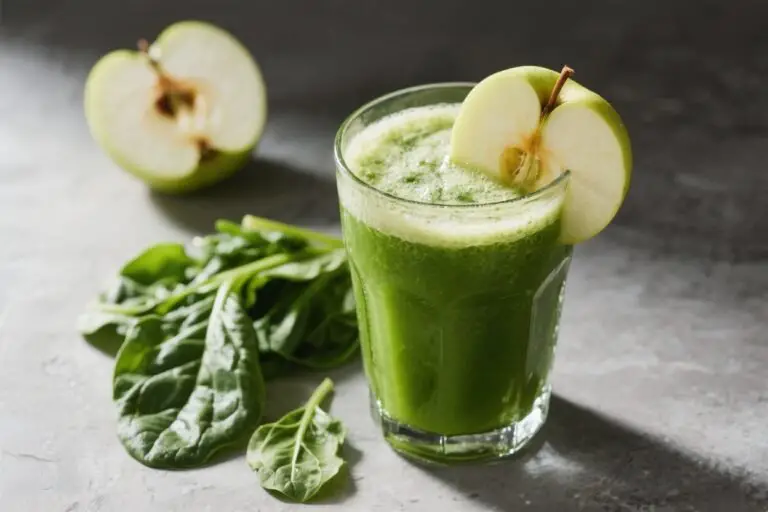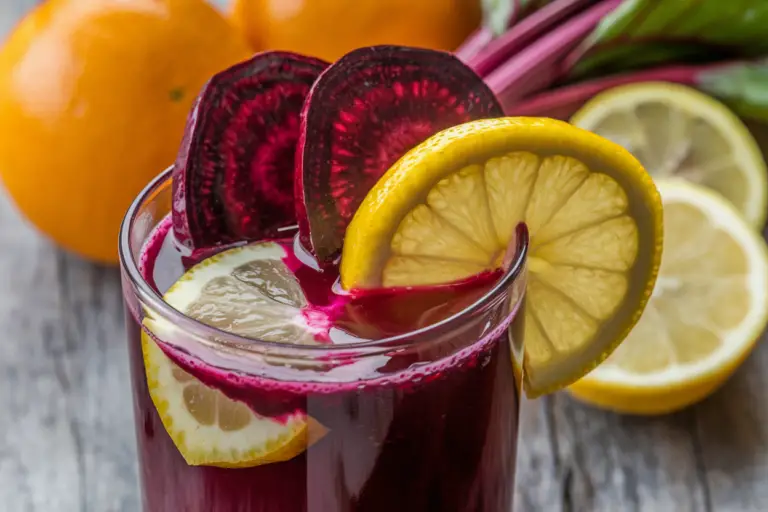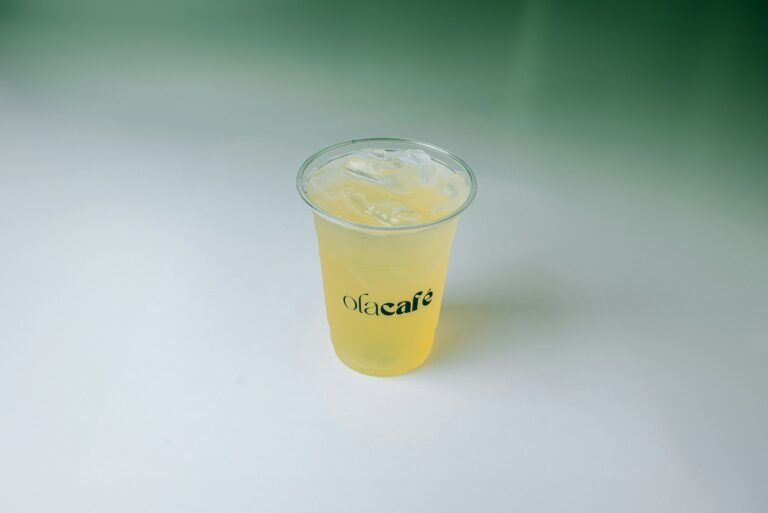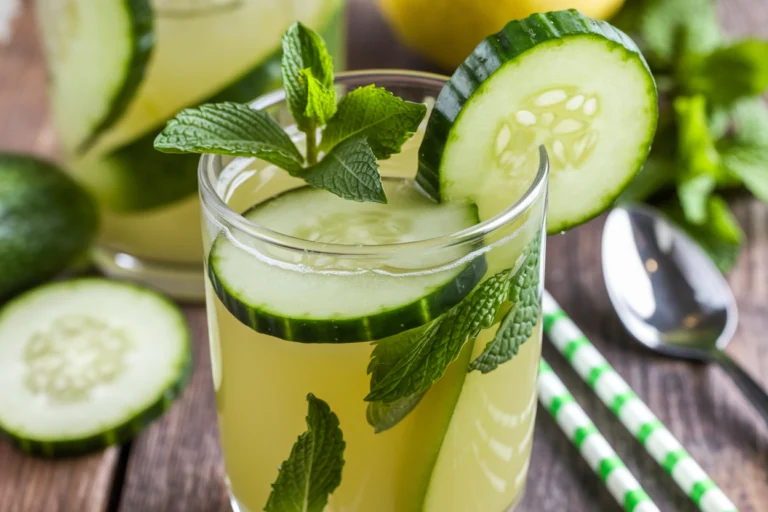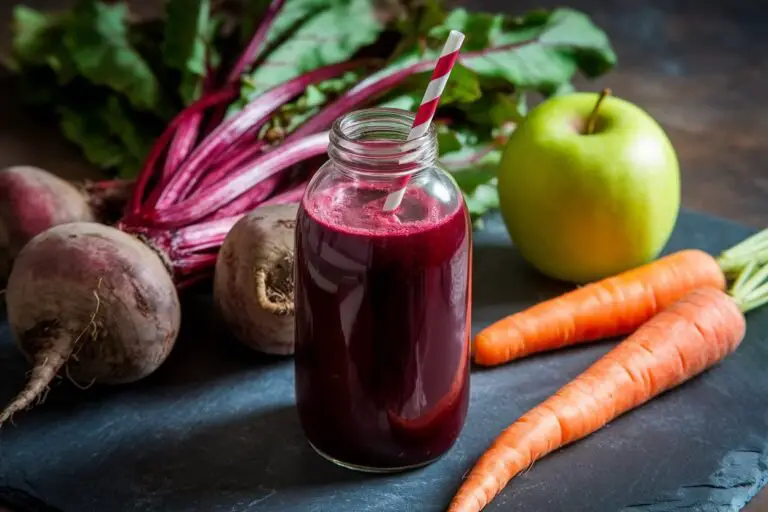Homemade Vegetable Juice For Weight Loss
You want your jeans to button without a wrestling match. You want more energy, fewer cravings, and something that doesn’t taste like lawn clippings. Homemade vegetable juice can help with all that—without starving you or making you chew on celery sticks all day.
Let’s juice smarter, not sadder.
Why Vegetable Juice Helps With Weight Loss
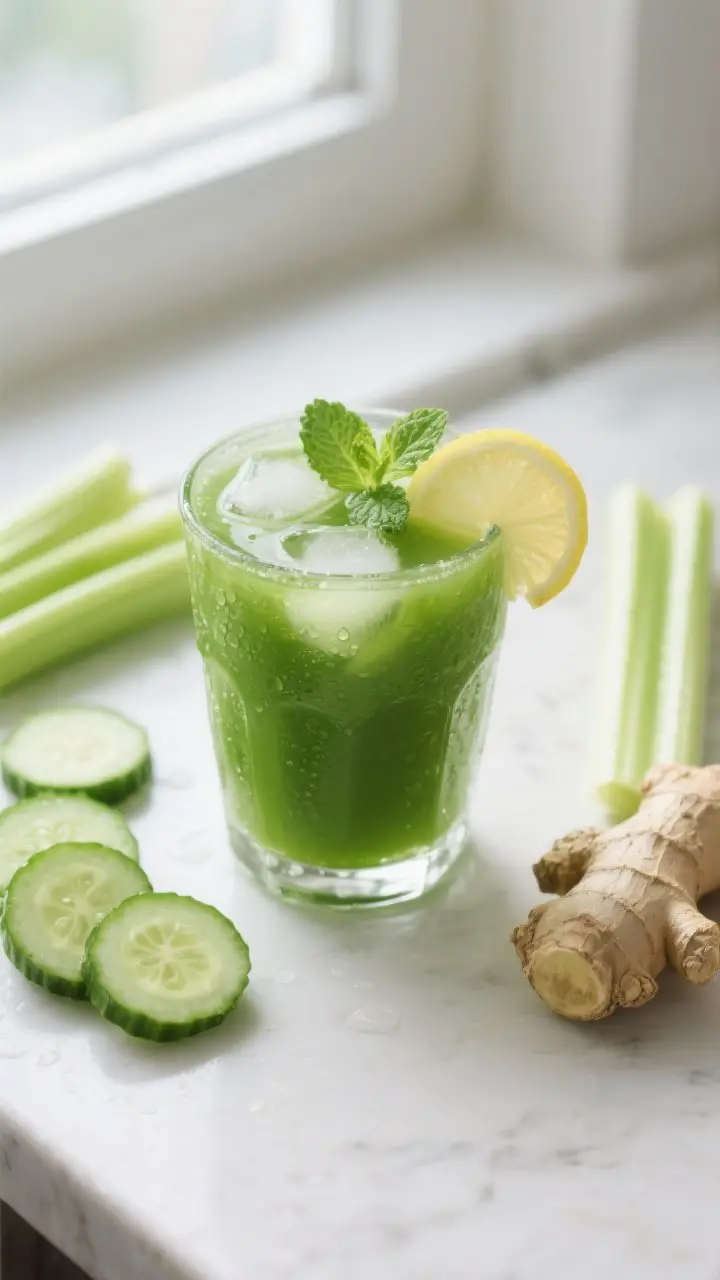
Vegetable juice gives you a big hit of vitamins, minerals, and water with fewer calories than most snacks. You fill your stomach, calm cravings, and still keep your daily calories in check. That’s the trifecta.
📖 Get Access to 50+ Printable Smoothie Recipes Instantly! 🖨️
Boost your health with delicious smoothies! These easy-to-follow printable recipe eBooks are perfect for detoxing, fitness goals, and tasty plant-based living. Available for instant download on Etsy! 🌿✨
It also helps you hit your veggie quota without cooking an entire garden. Plus, you control the ingredients—no mystery sugar bombs like some store-bought “green juices.” Make it yourself and keep it clean.
Juicing vs. Blending: Which One Wins?
Quick truth: both work, and both can help with weight loss.
You just need the right tool for your goals.
Juicing (extractor)
– Pros: Light texture, easy to drink, fast nutrient absorption, super hydrating. – Cons: You lose most of the fiber. You get hungry faster if you don’t plan the rest of your meals.
Blending (smoothie)
– Pros: Keeps the fiber, steadier energy, better for satiety. – Cons: Thicker texture, more calories if you go wild with fruits and extras. IMO: Use a juicer for a low-calorie, quick hit and a blender when you want a meal-like drink.
FYI, you can also do a hybrid: juice veggies, then blend in half an avocado or chia for fiber and creaminess.

Build-Your-Own Slimming Juice (No Sad Flavors)
Think of this like a mix-and-match menu. Stick to this structure and you’ll avoid sugar crashes and “why did I drink a salad” regrets.
The Formula
– Base veggies (2–3 cups): Cucumber, celery, zucchini, romaine. Low-calorie, high-water, super refreshing. – Leafy greens (1–2 cups): Spinach, kale, Swiss chard.
Big nutrients, minimal calories. – Acid/brightness (1/2–1 piece): Lemon or lime. Brightens flavor and tames bitterness. – Flavor boosters (choose 1–2): Ginger, mint, parsley, cilantro. Big taste, tiny calories. – Optional sweetness (1/2–1 cup): Green apple, pear, carrot, or beet.
Keep it light to avoid sugar spikes. – Satiety add-ons (optional): Blend in 1 tsp chia or 1/4 avocado after juicing. Fiber and healthy fats keep you full.
Three Go-To Recipes
1) The Debloat Green – 1 cucumber – 3 celery stalks – 1 cup spinach – 1/2 lemon (peeled) – 1-inch ginger – Optional: handful of mint Tastes clean and zippy. Great morning starter. 2) Garden Sweet-Spot – 2 celery stalks – 1/2 cucumber – 1 cup kale – 1 small green apple – 1/2 lemon – 1/2 cup parsley Balanced, not too sweet, actually crave-able. 3) Beet the Cravings – 1 small beet – 2 carrots – 1 cup romaine – 1/2 lemon – 1-inch ginger Earthy-sweet and energizing.
Keep portion to ~8–10 oz since beets/carrots add sugar.
When To Drink It For Best Results
Timing matters, mostly because it changes how hungry you feel later. – Morning: Use as a pre-breakfast “primer” or as part of breakfast. Add protein later (eggs, Greek yogurt). – Pre-lunch: Drink it 20–30 minutes before your meal to curb overeating. – Afternoon slump: Use it instead of that third coffee. Hydrates and wakes you up without jitter city. Pro tip: Pair juice with protein or fiber in the next meal to avoid cravings.
A juice-only day? Hard pass unless you enjoy hanger and questionable decisions.
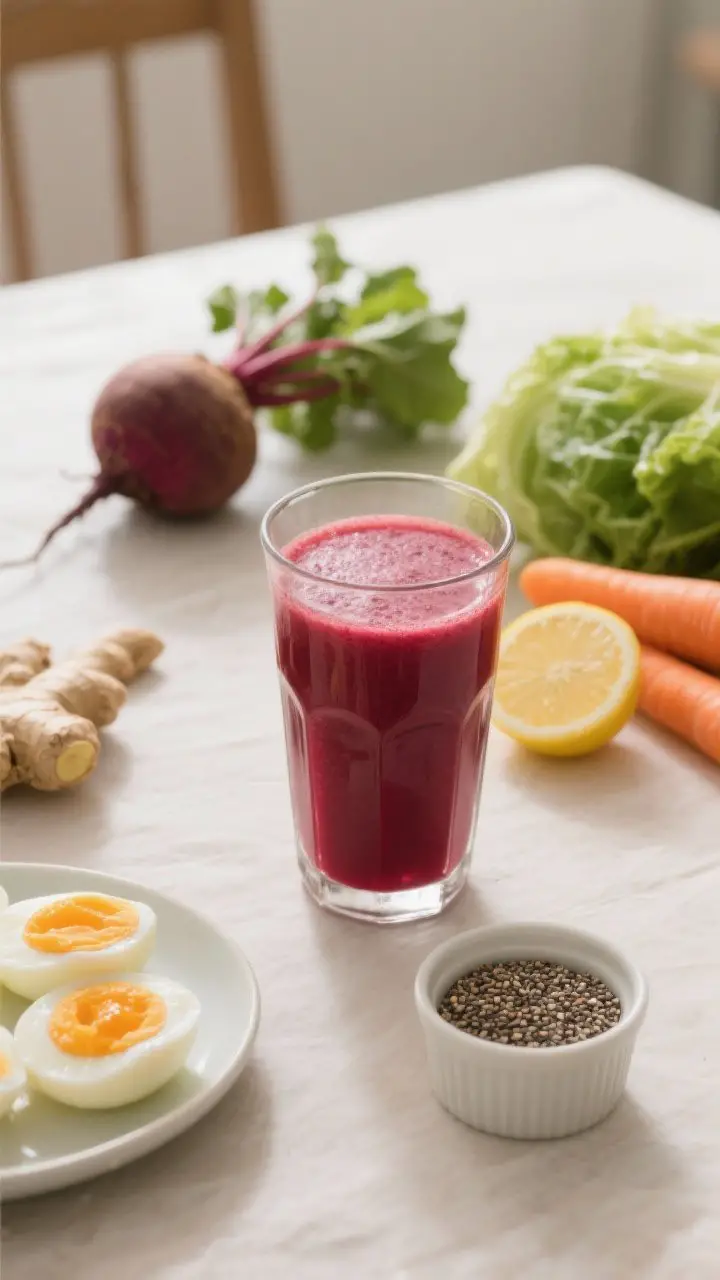
Weight Loss Without the Weird Rules
You don’t need a juice cleanse. You need consistency and basics that actually work.
Calorie Awareness (not obsession)
– Most veggie-heavy juices clock in at 60–150 calories per 12 oz. – Add fruit?
You might hit 180–250+ calories. Not bad—but count it. – Aim for 1 juice per day as a strategic snack or pre-meal tool.
Protein & Fiber Still Matter
Juice doesn’t replace meals. You still need: – Protein: 20–30 g per meal (eggs, chicken, tofu, Greek yogurt). – Fiber: 25–35 g per day (beans, whole grains, veggies, chia).
Hydration = Less Snacking
Thirst loves to cosplay as hunger.
Drink water alongside your juice. Add a pinch of salt if you’re sweaty or active. Simple, not sexy, still works.
Taste Hacks So You’ll Actually Want It
Let’s make it delicious so you don’t dread the blender. – Balance bitterness: Lemon/lime, green apple, or cucumber fix harsh flavors fast. – Use aromatics: Ginger = warmth, mint = freshness, cilantro/parsley = clean finish. – Chill it: Cold juice tastes better.
Serve over ice or refrigerate for 30 minutes. – Strain if needed: If texture bugs you, run it through a fine sieve. No shame. – Salt a tiny bit: A few flakes of sea salt can make flavors pop. Weird but true.
Smart Prep, Minimal Fuss
You can juice daily without turning your kitchen into a crime scene.
Shopping List Staples
– Cucumbers, celery, romaine, spinach, kale – Lemons/limes – Ginger, mint, parsley – Small green apples or pears (optional) – Beets/carrots (use sparingly for sweetness)
Batching & Storage
– Wash and chop veggies for 3–4 days at a time.
Store in airtight containers. – Juice fresh when possible. If you must store juice, keep it in a full, sealed jar in the fridge for up to 24–48 hours. – Add lemon to slow oxidation. Shake before drinking.
Common Mistakes (And Quick Fixes)
– Too much fruit: Your “health drink” becomes a stealth soda.
Limit to 1 small fruit or less. – Skipping meals: Juice replaces a snack, not a protein-rich meal. Keep eating real food. – No plan for fiber: Blend in chia/flax or eat a high-fiber side later. – Ignoring portions: An 18 oz juice can pack more sugar than you think. Stick to 8–12 oz.
FAQ
Can I do a juice cleanse to lose weight fast?
You’ll lose water and maybe some muscle, then gain it back when you eat normally.
Not worth the crankiness. Use juice as a tool, not a crash diet.
Is store-bought green juice okay?
Sometimes, but read labels like a detective. Aim for under 10–12 g sugar per 8 oz and prioritize veggie-heavy blends. Cold-pressed with short ingredient lists wins.
What if juicing upsets my stomach?
Start with milder combos like cucumber-celery-spinach-lemon.
Skip cruciferous veggies at first (kale, cabbage) if you bloat easily. Sip slowly, not like a post-gym chug.
Do I need an expensive juicer?
Nope. A mid-range centrifugal juicer works fine.
A blender plus a nut milk bag/mesh strainer also gets the job done. Spend only if you’ll use it a lot.
How many times per day should I drink it?
Once a day works great for most people. Twice is fine if the rest of your diet stays balanced and protein-rich.
If you feel hungry or tired, adjust—your body is not a spreadsheet.
Can I prep juice for the whole week?
I wouldn’t. Nutrients and flavor fade. Make it every 1–2 days max.
Prep ingredients ahead and juice fresh for the best taste.
Bottom Line
Homemade vegetable juice won’t magically melt fat, but it can make weight loss easier—and tastier. Use it to curb cravings, boost hydration, and sneak in nutrients without a fuss. Keep it veggie-forward, add a little fruit for flavor, and pair it with protein and fiber.
Do that consistently and, IMO, your jeans may stop shouting at you. Cheers to green wins without the drama.



